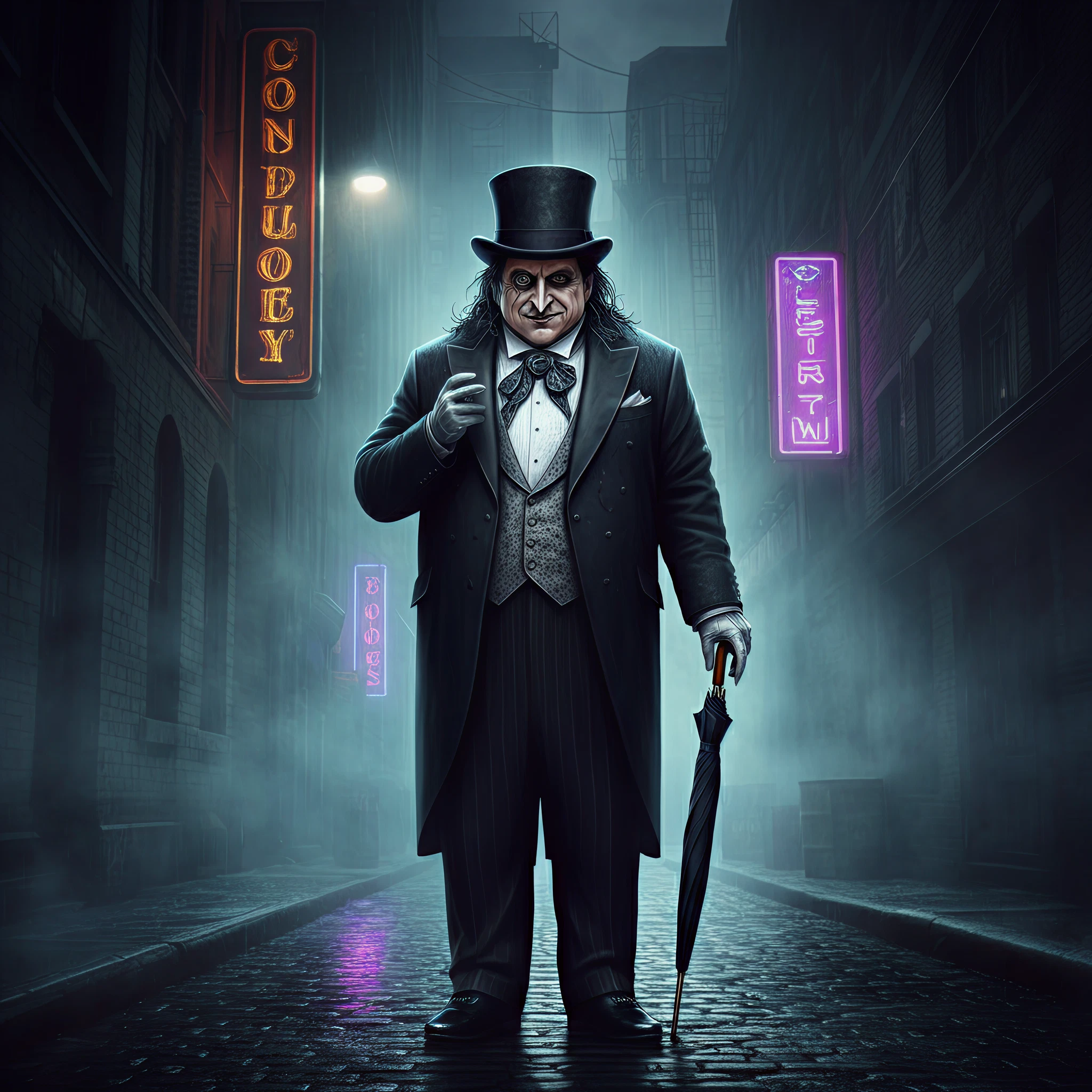The Penguin, one of Batman’s archetypal villains, has left a waddling footprint on pop culture as one of the most eccentric, tragic, and multilayered antagonists Gotham has known. Also recognized as Oswald Cobblepot, this “penguin guy from Batman” is much more than a caricature of a bird; he is a symbol of deceit, ambition, and Gotham’s darker class inequalities.
This article explores the evolution of the Penguin from comic books to the big screen, his cultural impact, and the unforgettable portrayals by iconic actors.
Character History
Oswald Chesterfield Cobblepot made his comic book debut in Detective Comics #58 (1941), created by Bill Finger and Bob Kane. Known for his tuxedo, top hat, monocle, and trick umbrellas, the Penguin became a cunning foil for Batman. Early comics established him as a criminal with an aristocratic demeanor, often underestimated due to his unusual appearance and short stature.
Over the decades, writers expanded his backstory, transforming him from a simple mobster to a far more complex character. A rejected scion of wealth and privilege, Oswald grew up disdained for his physical deformities. His ascension to crime lord status in Gotham gave depth to his character, framing him as someone who operates on intellect, cunning, and social opportunism rather than brute strength.
Evolution in Modern Comics
The Penguin took on new layers in modern reinterpretations like those in Batman: The Long Halloween and Batman: Earth One. While retaining his villainous streak, these stories emphasized his tragic roots, portraying him as a figure both to fear and to pity.
Movie Appearances
Cinematic representations of the Penguin have left a lasting impression, with each actor bringing a distinct flavor to the role.
1. Danny DeVito in Batman Returns (1992)
Tim Burton reinvented the Penguin as a grotesque and tragic monster, played masterfully by Danny DeVito. Seen as a child discarded by his wealthy family, Oswald survived in the sewers, surrounded by literal penguins until he resurfaced as a scheming politician and crime lord. Burton’s interpretation merged German Expressionist visual elements with a dark psychological edge. DeVito’s Penguin became an instant classic for his grotesque charm, scathing wit, and cunning.
DeVito himself has expressed interest in reprising the role. Speaking to Forbes, he shared his admiration for the character, citing it as one of the highlights of his career. DeVito believes there is still room to explore Penguin’s complexity, should Tim Burton return to direct.
2. Robin Lord Taylor in Gotham (TV Series)
Robin Lord Taylor gave us a younger, more humanized Penguin in the TV series Gotham. Set during Oswald’s rise in Gotham’s underworld, Taylor imbued the character with equal parts ruthlessness and vulnerability, gaining critical acclaim for turning a traditional villain into someone almost relatable.
3. Colin Farrell in The Batman (2022)
Matt Reeves introduced a grittier, grounded take on the Penguin with Colin Farrell in The Batman. Farrell, completely unrecognizable under impressive prosthetics, portrayed Oswald as a mid-level mobster with ambitions to rise higher in Gotham’s crime ranks. This depiction leaned heavily into the realist noir style, showing a more pragmatic version of the character.
Differences in Portrayals
From DeVito’s theatrical grotesqueness to Farrell’s gritty realism, every portrayal of the Penguin reveals the adaptability of the character. He transitions fluidly between exaggerated cartoonish villainy and relatable human drama, depending on the tone of the story.
Cultural Impact
The Penguin’s enduring appeal lies in his ability to embody the archetype of the villain who compensates for perceived inadequacies with intelligence and tenacity. His story mirrors classic tragedies, where characters gain power and influence only to be consumed by their weaknesses or vices.
Pop culture constantly references the Penguin in parodies, merchandise, and even spin-offs like DC’s anniversary anthology Gotham City Villains (which DeVito contributed to as a writer).
Psychological Profile
Oswald Cobblepot, despite his thematic flamboyance, is a layered character with striking psychological elements. He is not inherently violent but manipulates others to achieve his goals. Operating from a deep-rooted inferiority complex, his criminal behavior often stems from a desire to overcome societal rejection. His intelligence and ability to outthink his opponents make him a significant threat to Gotham.
Comic Book vs. Movie Differences
While comics often portray the Penguin as a suave, businesslike crime boss, movie adaptations amplify his grotesque traits. For example:
- Comics: Focus on his intellect, financial schemes, and role as a club owner (Iceberg Lounge often serves as his lair).
- Movies: Explore his physical deformities and tragic backstory, adding a gothic or noir twist to his character.
Ultimately, the Penguin thrives in both formats due to his complexity, proving that even the “penguin guy from Batman” can be as iconic as Batman himself.
Closing Thoughts
The Penguin remains an enduring fixture in Batman’s rogues’ gallery, a reminder that villains can be as multifaceted as heroes. Whether you were captivated by Danny DeVito’s macabre portrayal or intrigued by Colin Farrell’s grounded mobster spin, there’s no denying the lasting impact Oswald Cobblepot has had on pop culture.
What’s your favorite Penguin portrayal? Tell us in the comments below!








